In food packaging installations, especially those utilising Modified Atmosphere Packaging (MAP), gas pressures can vary depending on the packaging requirements, mixed gas combinations being used and foods being packaged.
The filling pressures for the food packs are generally low, requiring only a few psi or fractions of a bar g to fill the packs. Despite this, many packing machines require a 6 bar g supply and have a pressure switch set for this level, even though they operate at very low pressures.
While 6 bar g is suitable when using gases from liquid supplies or cylinders, it becomes challenging when using generated gases, such as nitrogen. Due to the cost of compressors, many N₂ generators only supply a pressure close to 7 bar g, which doesn’t allow for a good flow of mixed gas and the delivery of 6 bar g to the packing machine.
In such cases, we recommend using a larger gas mixer with a minimum pressure drop of 2 to 3 bar g to achieve a decent mixed gas flow. Additionally, we suggest modifying the packing machine’s software to expect a lower supply gas pressure. If you have any questions about this topic, feel free to contact us.
